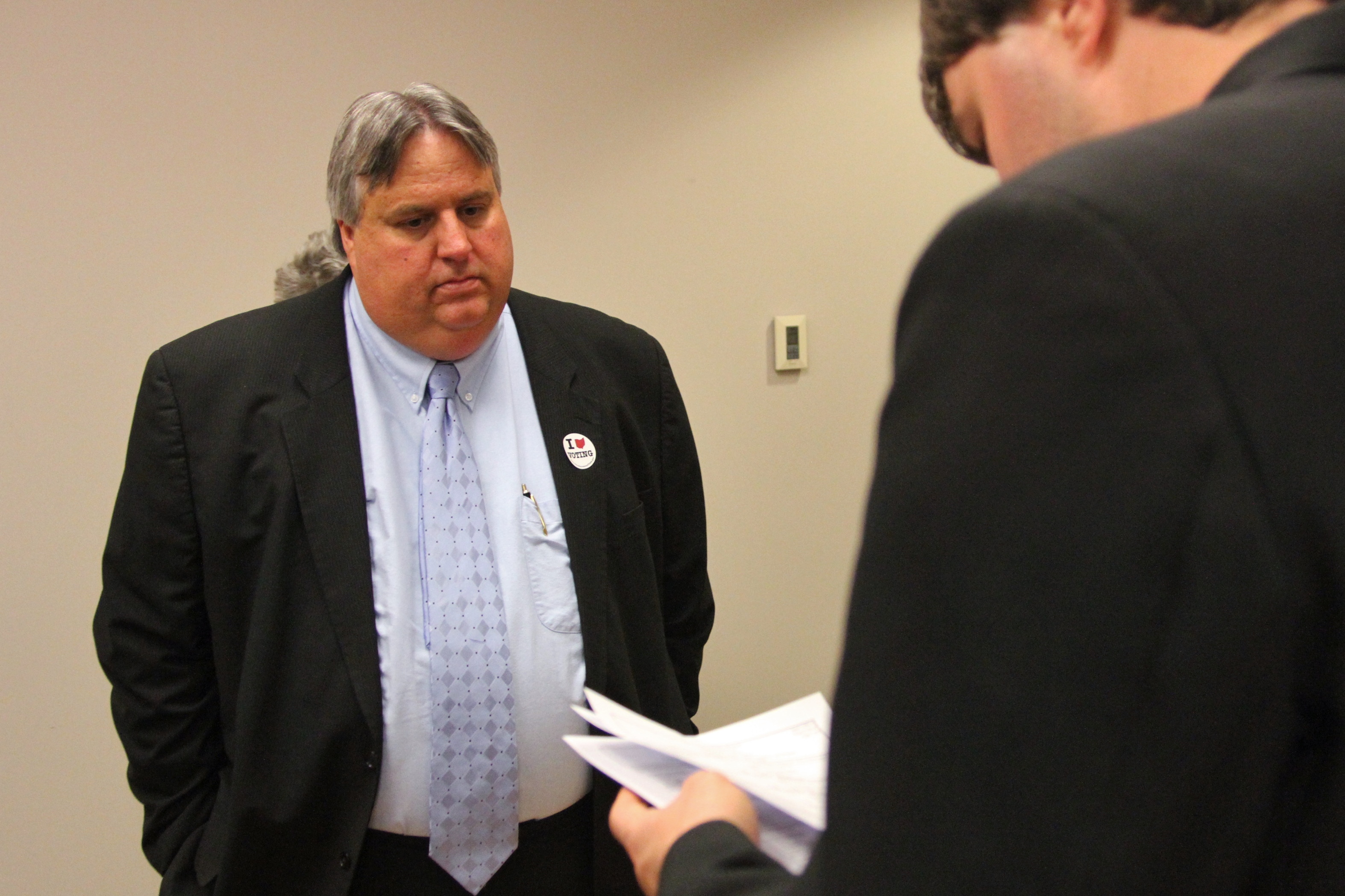By Rob Ratliff
At this challenging time when many Americans have lost support for our political institutions, both those which are functional and dysfunctional, it is comforting in our legal and political structure that an institution steps forward with a decision that reflects institutional as well as legal sense. The platform for this renewed credibility is this week’s Supreme Court of the United States unanimous decision in Endrew v. Douglas Cuonty School District.
The Endrew case is important for two reasons, both worth a mention in this brief narrative.
The first reason of importance is its specific holding. For four decades, Congress has dealt with the issue of individuals with disabilities and education. First, in 1975, Congress passed the Education for All Handicapped Children (commonly known as the “EHA”). Then, in 1990, the EHA was reauthorized by the Individuals with Disabilities Education Act (“IDEA”). The IDEA legislation specifically provided a Free Appropriate Public Education (referred to as “FAPE”) that is individualized in light of a student’s specific challenges. The stated goal of IDEA was to provide those with disabilities the same opportunities and benefits of education as those without a disability.
In 1982, the Supreme Court had an opportunity to interpret the substantive right to a “free appropriate public education” for children with disabilities. In Board of Education v. Rowley, the High Court applied this federal statute but declined to endorse any one standard for determining when students are receiving “sufficient educational benefits to satisfy the requirements” of the Federal legislation. Consequently, the circuit courts had no direction in applying the law.
The Tenth Circuit interpreted Rowley with a rule that a child’s individualized education program, or “IEP,” is adequate as long as its goal is an “educational benefit [that is] merely . . .more that de minimus.” And in Endrew, the Judge Gorsuch court was faced with a review of an IEP.
The Petitioner in this case was a student with autism. From preschool to fourth grade, the child received annual individualized education programs. However, by the fourth grade, Endrew’s parents believed that the child’s progress, both educationally and functionally, had stalled. As the child entered fifth grade, and the school presented an IEP similar to those in previous years, Endrew was removed by his parents from public school in favor of a private school tailored to autistic students. In that environment, Endrew made “significant progress.” Endrew’s parents sought reimbursement for the private school tuition from the Colorado Department of Education. Since Endrew’s progress was deemed, by the Department and the courts, to be an “educational benefit [that is] merely . . .more that de minimus,” the claim was denied and the Tenth Circuit held that Endrew had received a free and appropriate public education.
Upon certiorari, the Supreme Court of the United States disagreed. In an opinion penned by Chief Justice Roberts, the Court held that to meet its substantive obligations under the IDEA, a school must offer an IEP reasonably calculated to enable a student to “make progress appropriate in light of the child’s circumstances. In my opinion, this will require school districts to offer more specialized education options specifically tailored to a child’s learning difference. Lumping all children into the same reading class regardless of their unique abilities will not be acceptable.
The Supreme Court accepted the interpretation of the IDEA from those circuits that held that the standard is more demanding than the “merely more that de minimus” test used by the Tenth Circuit. And that is the institutional excellence of the court. For decades, the Supreme Court has more and more seen its role as one that resolves conflicts between the circuits. As evidenced by the Endrew case, there was a conflict between the circuits as to the standard of the IDEA, and the highest court of the land resolved that conflict by ruling that a child, burdened with a disability, must have an educational program “appropriately ambitious in light of his circumstances, just as advancement from grade to grade is appropriately ambitious for most children in the regular classroom.”
The Supreme Court, as an institution, did its job. It resolved a circuit conflict, rationally, logically, and unanimously. And that is the second note of the case’s importance. Our system, and this institution, worked. The court’s credibility, transparency, and fidelity to mission were reaffirmed. In the process, the policy of an important federal statute was clarified, and applied. It is good to know that all is not lost.
Editor’s note: We welcome all letters and opinions from our readers to our Opinion page. It is our desire that the community feel welcome and free to express their opinions and will use this page as a true community forum, regardless of the issue.
We simply ask that writers include their real name and a way for us to contact them if necessary, be it a phone number or email address. Although we will include names with letters we will not publish any personal contact information.
We will publish the letters unedited and only ask that writers avoid profanity and expressions that could be considered libelous or slanderous to businesses, organizations or individuals. Letters may be sent to gogle@wbcowqel.com, or news@wbcowqel.com.
Gary Ogle – News Director


